Soft Adventure in Europe: How to Choose the Best Destination
Planning a soft adventure in Europe is simpler than you think!
When it comes to planning for soft adventure in Europe, choosing the best destination doesn’t have to be overwhelming. There are two main approaches, depending on where you are in your travel planning process, and your desires for the trip you’re planning:
1️⃣ Knowing the type of activity you want to do during your trip.
2️⃣ Knowing the place you want to visit for your trip.
Figuring out which path can be as simple as asking yourself: What do I want out of this trip? If you want to go hiking in Europe, you should follow Path 1 (choosing by activity). If you want to visit a specific city or country, you should follow Path 2 (choosing by place). And, if you want to go hiking in a specific country – well, sounds like you’re well on your way planning your soft adventure in Europe!
We’ve done several trips using both of these decision paths, and each lead to incredible adventures. We’ll break them down and give you the tools to plan your perfect trip to Europe!
Path 1: Choosing a Destination Based on Activity
If you’re passionate about a specific soft adventure activity – whether it’s hiking, swimming, or something else – start by thinking about that activity first. This way, you’ll ensure your trip to Europe is tailored to your preferred adventure, helping you get the most out of your trip.
For example, if we’re looking for a swimming-based trip to Europe, we’d be better off choosing a place like Malta over Iceland.
Hiking in Europe

Hiking in Europe is one of the most versatile soft adventure activities because it’s available just about anywhere. However, some places stand out for their incredible trails, diverse landscapes, and natural beauty.
If you’re set on a hiking-based adventure, think a bit further on what type of hiking in Europe you’d be interested in:
- For scenic mountain hikes: The Swiss (or Austrian) Alps or French Pyrenees offer classic mountain treks with well-maintained trails suitable for all levels.
- For coastal hikes: From the peninsulas of Southwest Ireland to Portugal’s Algarve, walk along dramatic cliffs and coasts with breathtaking sea views.
- For waterfall hikes: Explore destinations like Iceland, known for its seemingly endless number of spectacular waterfalls.
Research destinations based on the type of scenery you most enjoy.
If you’re drawn to high altitudes, look for mountains that are accessible from nearby towns, for easy day hikes. We love Innsbruck for this reason.
If you’re more interested in beach or coastal hiking in Europe, you’ll want to consider planning a trip to an area with long stretches of coastline.
Also, keep seasons in mind as you considering hiking destinations. For example, an Alps-based hiking vacation would work much better in the summer than in the winter (unless snow trekking is your thing).
Water-Based Activities in Europe
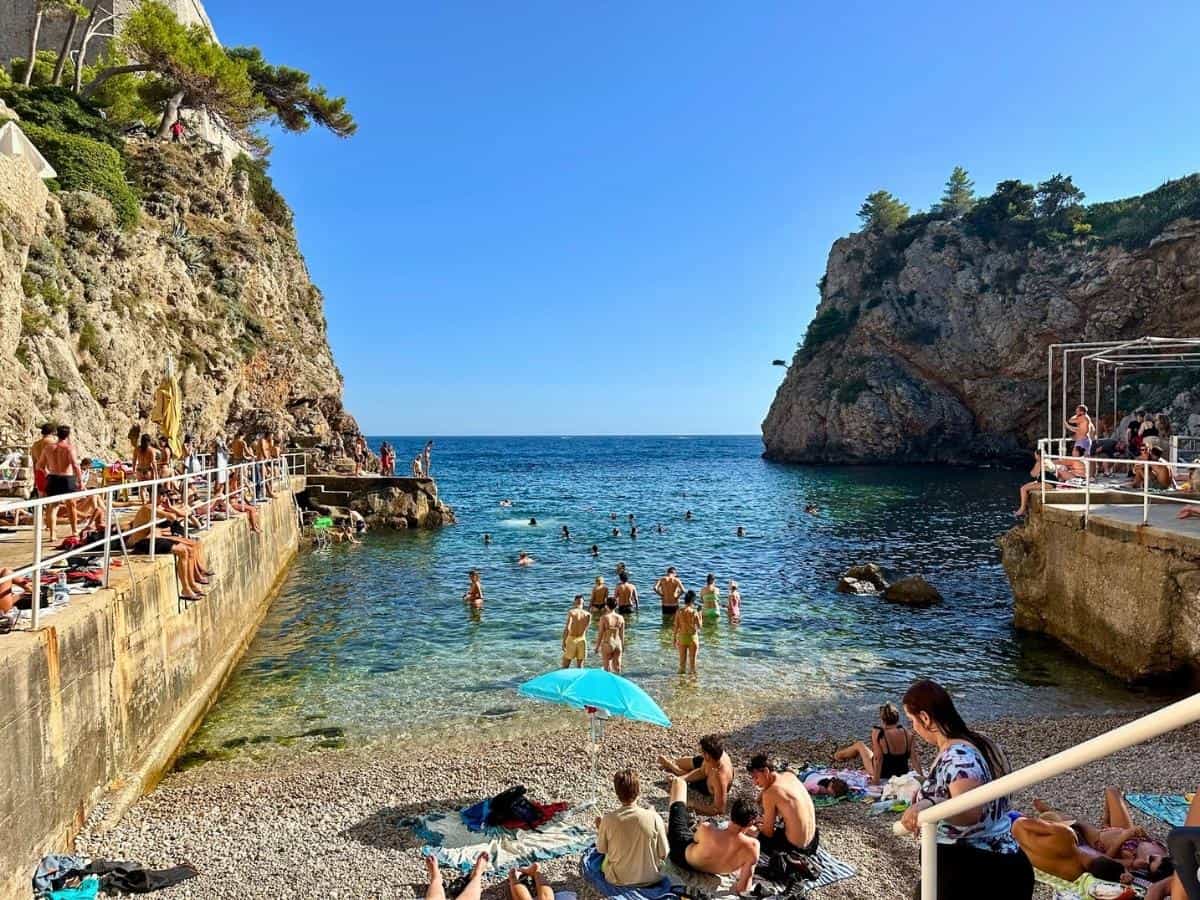
For a water-based adventure trip to Europe, start by considering what type of water-based activity you’re interested in. Maybe you like being in the water – swimming or snorkeling – or simply enjoying the water from the surface – kayaking or canoeing. While swimming and snorkeling require somewhat warm water temperatures, kayaking and canoeing is possible even in cold waters.
Also think about whether you’re interested in observing wildlife in (or near) the water. Depending on what you may be interested in, your options for your trip to Europe may vary. For example, we loved watching puffins in Iceland, which you can only do at certain times of year.
Different types of water-based activity destinations include:
- Islands with crystal-clear water: We’re partial to Malta (and its other islands, Gozo and Comino), but anywhere in the Mediterranean is ideal.
- Unique experiences: Head to the Silfra Fissure in Iceland, where you can swim between tectonic plates in icy, crystal-clear waters.
- Cities with easy access to swimming: Locations like Dubrovnik (Croatia) or the Nice (France) offer beautiful, swimmable waters and easy access right in the city.
It’s helpful to know if you’re seeking a relaxing, calm beach or an active adventure. Once you narrow that down, it’s easier to select a destination that fits your style.
The same is true of season – if you’re planning a January vacation and looking to swim in the ocean, your destination options will automatically narrow.
Cycling in Europe
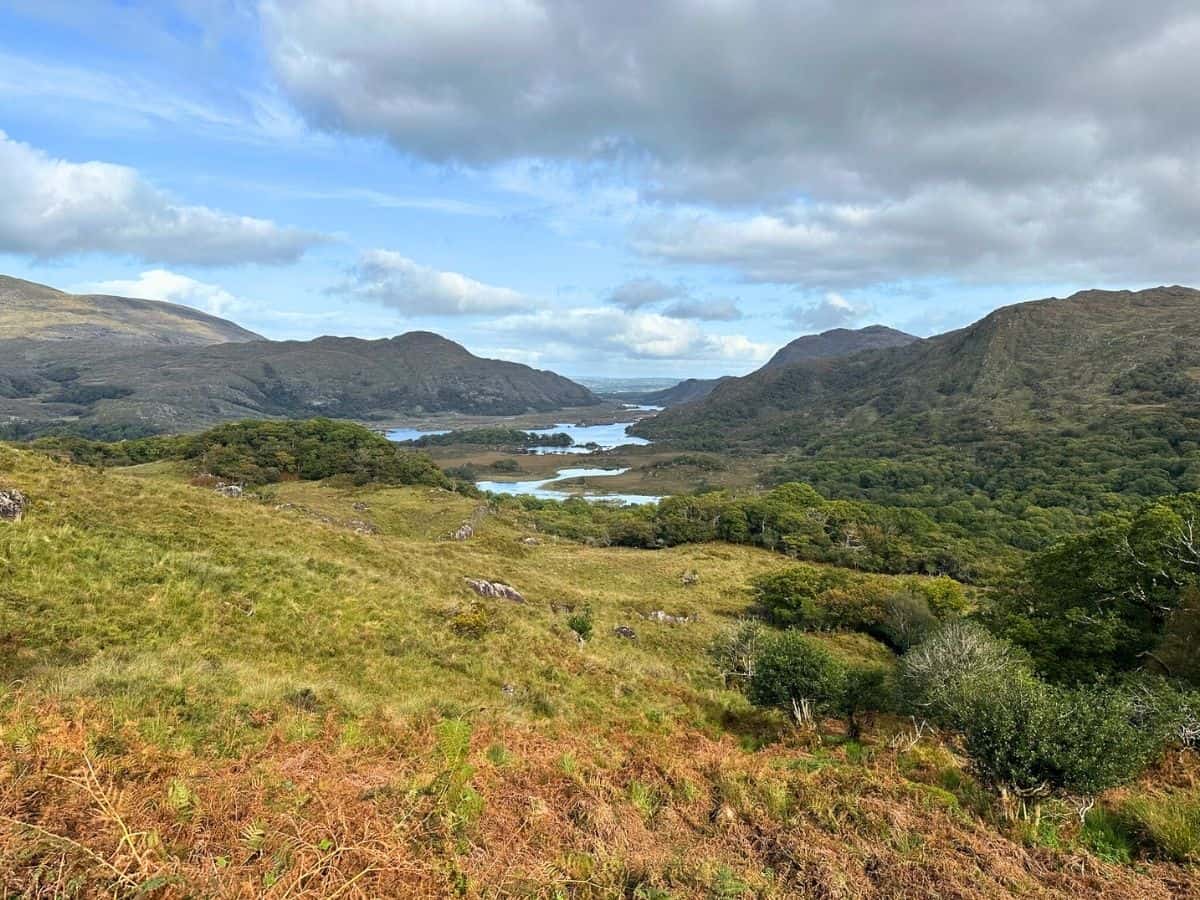
Cycling in Europe is a great way to experience locations while staying active. Whether it’s city cycling or exploring countryside trails, many destinations cater to bike enthusiasts by offering rental shops, bike paths, and scenic routes.
- Scenic routes: We loved cycling through Burgundy, with rolling hills, vineyard views, and charming villages along the way. Other top picks include the Loire Valley (France), Tuscany (Italy), and the Wachau Valley (Austria).
- Mountain biking: Looking for a more rugged adventure, but without extreme terrain? The Dolomites in Italy offer scenic alpine trails with breathtaking views.
- City cycling: Exploring a city by bike is a fantastic way to cover more ground while soaking in the local atmosphere. Copenhagen consistently ranks as one of the most bike-friendly cities in the world, or explore Amsterdam’s canalside paths by bicycle.
When choosing a destination for cycling in Europe, consider terrain, weather, and whether the area has the infrastructure to support cycling activities, including bike rentals or guided tours.
How Seasonality Drives Destination Choices by Activity
Seasonality plays a key role in choosing destinations for soft adventure in Europe. The timing of your trip can impact the availability and accessibility of the experiences you’re after. Here’s how to factor seasonality into your decision.
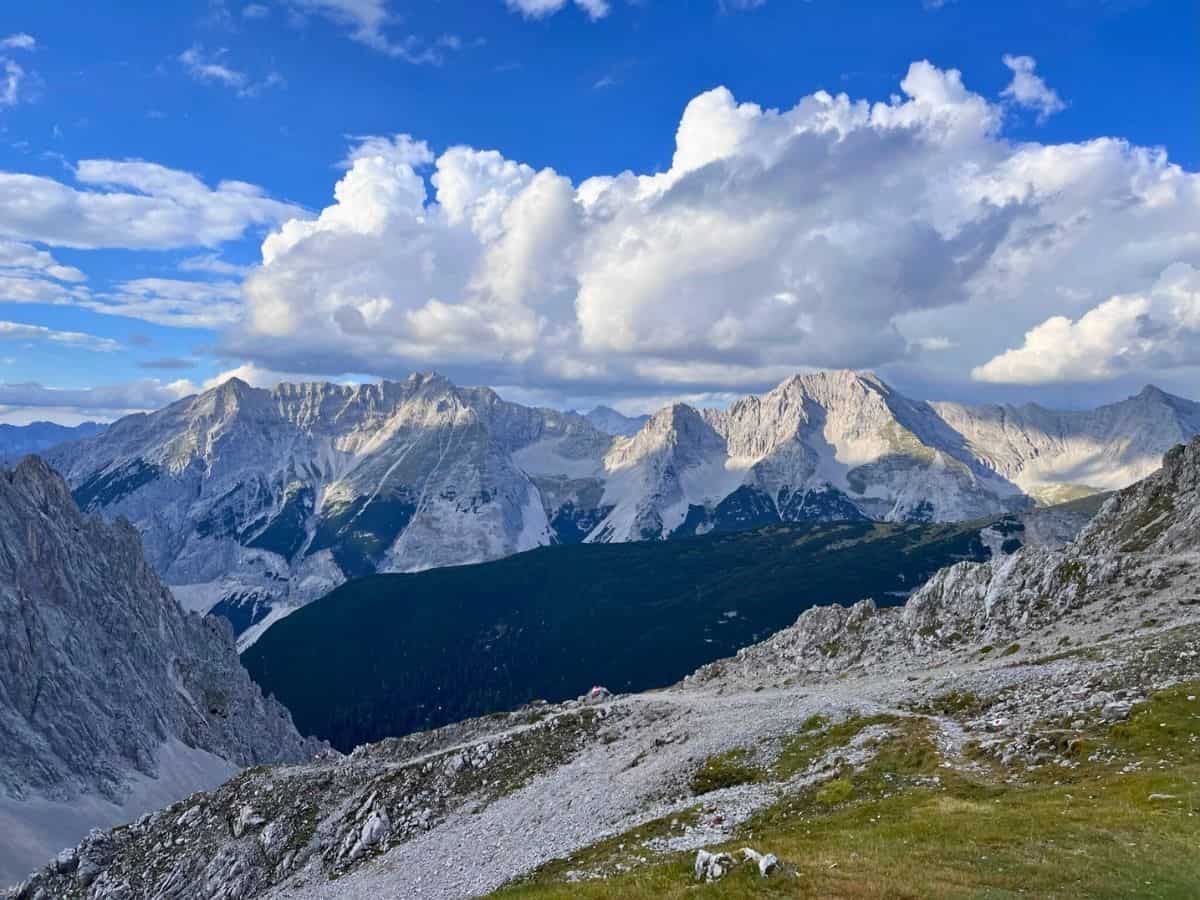
Hiking Seasonality
Many hiking trails, especially in mountainous regions, are seasonal.
For example, hikes in destinations like the Alps or Pyrenees are most accessible from late spring to early fall. In the winter, these areas may be snow-covered, and trails could be inaccessible, unless you’re prepared for winter sports.
Coastal or lower-altitude hikes, however, may be more flexible and can often be enjoyed year-round in places like the French Riviera or Malta, though you should still be mindful of the cooler and more rainy weather.
Cycling Seasonality
If you’re eyeing an adventure focused on cycling in Europe, the season plays a significant role in choosing the best time to go.
For a scenic cycling experience, regions like Tuscany and Burgundy are ideal in the spring and fall, offering mild temperatures and picturesque landscapes of vineyards and rolling hills.
Mountain biking, on the other hand, is best enjoyed during the summer in areas like the Dolomites in Italy or the French Alps, where warmer weather makes the trails more accessible.
For urban cycling, cities such as Paris and Amsterdam are great options year-round, though you should be mindful of weather conditions, including rain or extreme heat, which can impact your comfort.
Water-Based Activity Seasonality
Finally, water-based activities can be perhaps the most limiting in terms of season. However, it does depend on the particular water-based activity.
Activities like kayaking (where you’re not necessarily getting in the water) are great in spring, summer, and fall in most European destinations. During this period, waters are generally milder and calmer than in the winter.
In contrast, for snorkeling or swimming, warmer temperatures are essential. The best time for these activities is during the summer months in Europe. Swimming season stretches into the spring and fall in more southern locations, such as Spain, Italy, Greece, and various Mediterranean islands.
Path 2: Choosing a Destination Based on Location
Sometimes, the destination is already set. Maybe you’re traveling for work or have always dreamed of visiting a particular country or region. In these cases, the challenge is figuring out how to incorporate soft adventure activities into your trip to Europe.
This approach to planning soft adventure in Europe is actually the “path” we take most often. We tend to choose a place we want to visit, and then search for outdoor activities in the area we’ll be.
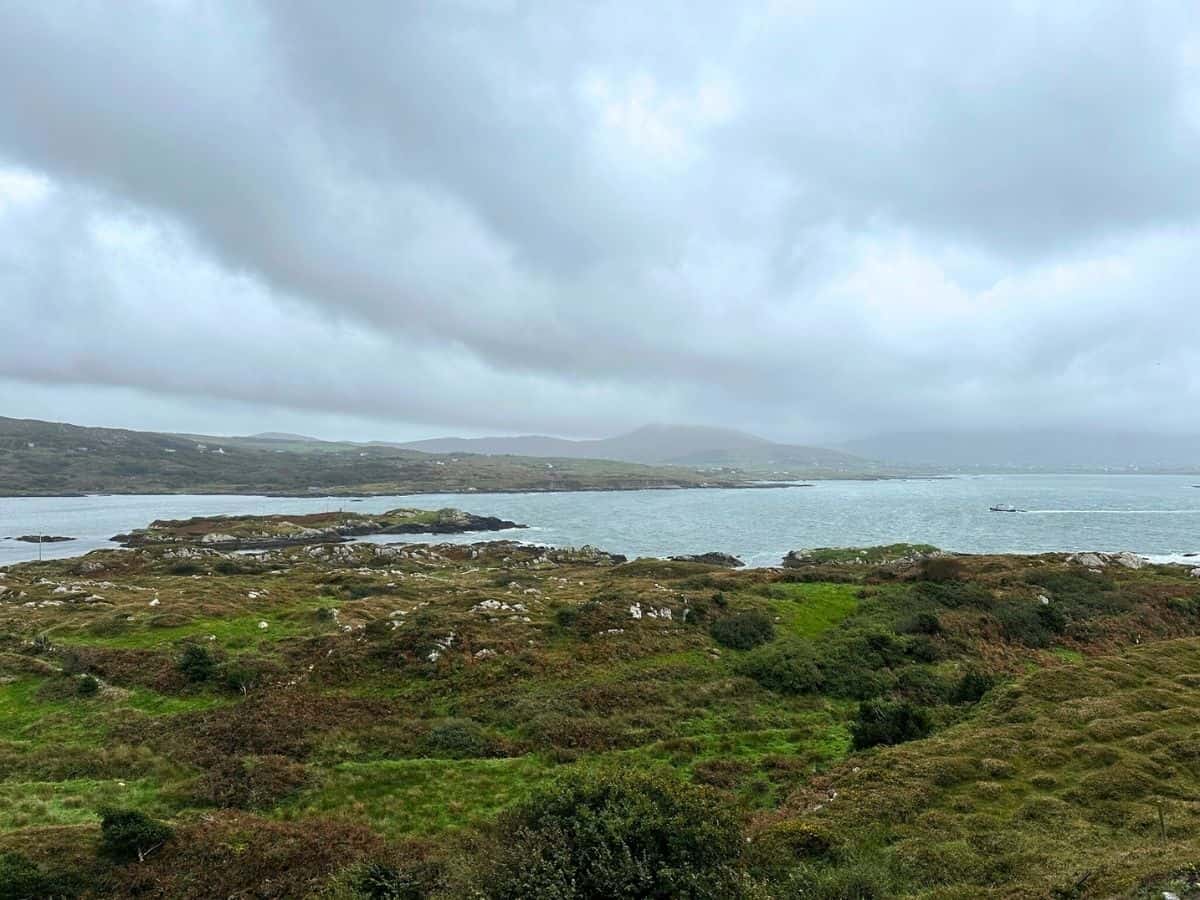
Spoiler: you can find soft adventure anywhere in Europe!
Start with the Destination’s Natural Features
If you’re set on a specific location, it’s likely that the area has activities that align with your soft adventure interests. The first step is to look at the natural features of the destination – whether it’s mountains, coastlines, lakes, or even urban green spaces.
- For nature-based adventures: Cities like Vienna, Austria, or Dublin, Ireland, offer the perfect mix of vibrant city life and easy access to hiking, cycling, or coastal adventures.
- For cultural exploration with adventure: If you’re visiting Italy for its history and delicious food, consider taking a day trip cycling through Tuscany’s rolling vineyards for an active twist to your cultural trip.
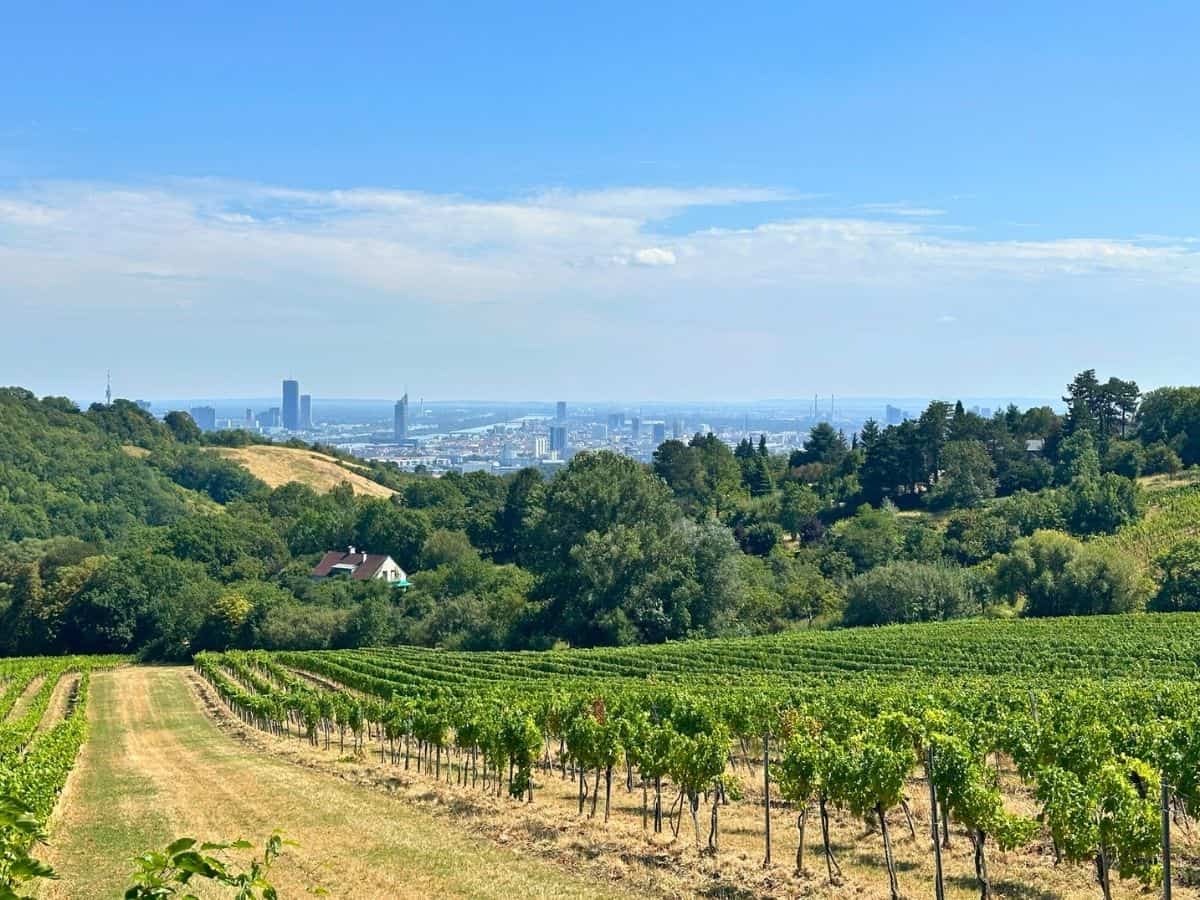
Research Local Adventure Activities
Once you’ve chosen your destination, dig deeper to find out what soft adventure activities are available. We look for local tour companies and bicycle shops, or ask in travel forums for suggestions if we’re struggling to find options.
For example, renting bicycles from local shops can give you the freedom to explore on your own timeline. In addition, you’ll gain the resources and expert knowledge of the shop employees – they can point you in the direction of the best paths.
We also routinely check AllTrails when we know we’ll be taking a trip to Europe and want to squeeze in a day or two of adventure.
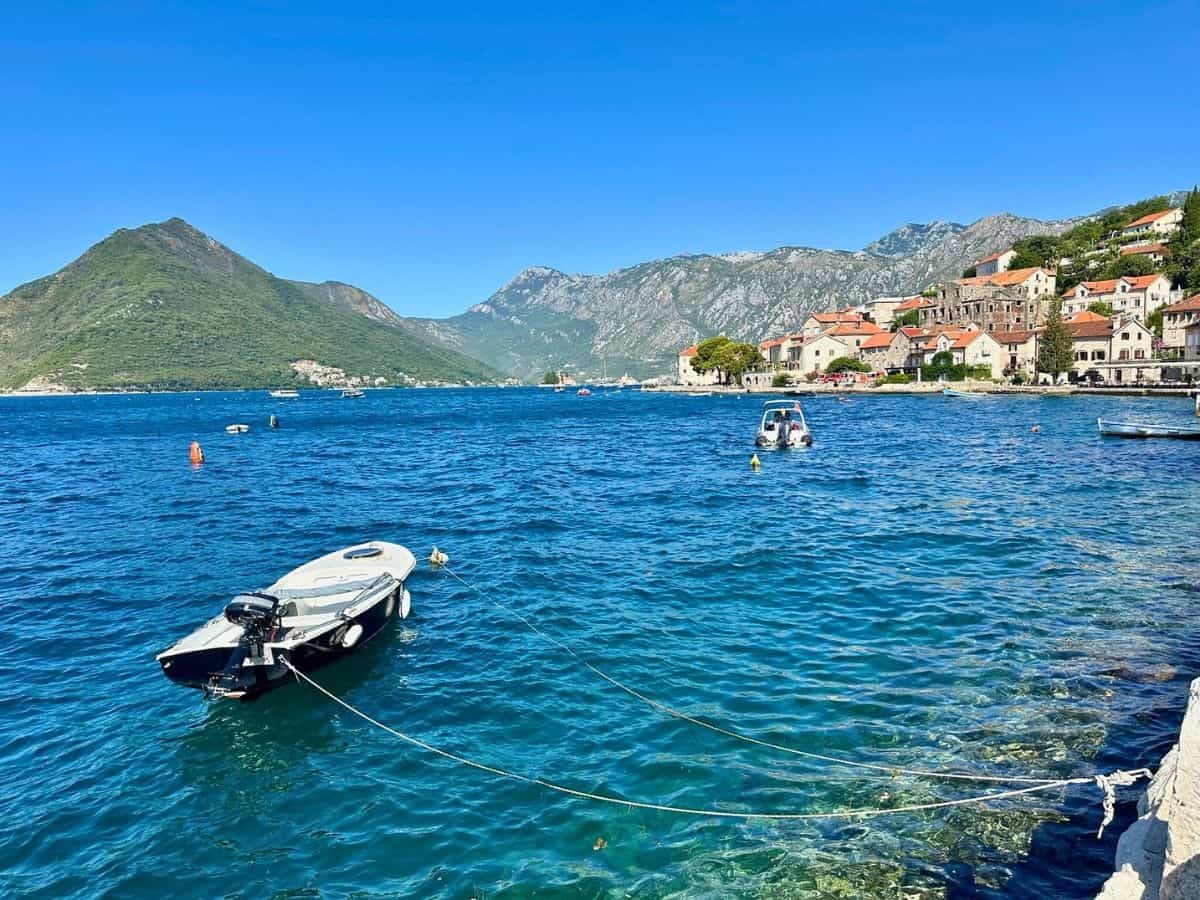
As another example, when we were planning our trip to Croatia, we looked to a travel forum for recommendations for day trips to Montenegro, which landed us with an exceptional guide for an adventurous day around the Bay of Kotor.
Of course, if we’ve covered the places you’re traveling to in our destination posts, we’d love to help guide you!
Consider the Season
If you’re planning a trip to a particular place and the time of year is set, your soft adventure options will be bound by whatever season you’re traveling in. For example, while Nice is a wonderful destination for swimming from late spring to fall, you probably won’t be able to do much swimming if you’re visiting in January.
Still, you can enjoy soft adventure in Europe year-round, no matter the place. You just may need to explore your options (again, using travel forums and tour sites) if you’re visiting a place “off season” in terms of its main adventure activities.
Wrapping Up: Choosing Your Soft Adventure in Europe
Planning a soft adventure in Europe is simpler than you think! Whether you start by choosing an activity or a destination, both paths lead to incredible experiences.
And truthfully, we often take a blend of both approaches – sometimes we know we want to hike, but also have a specific country in mind. Other times, we pick a destination first and then seek out the best outdoor adventures available.
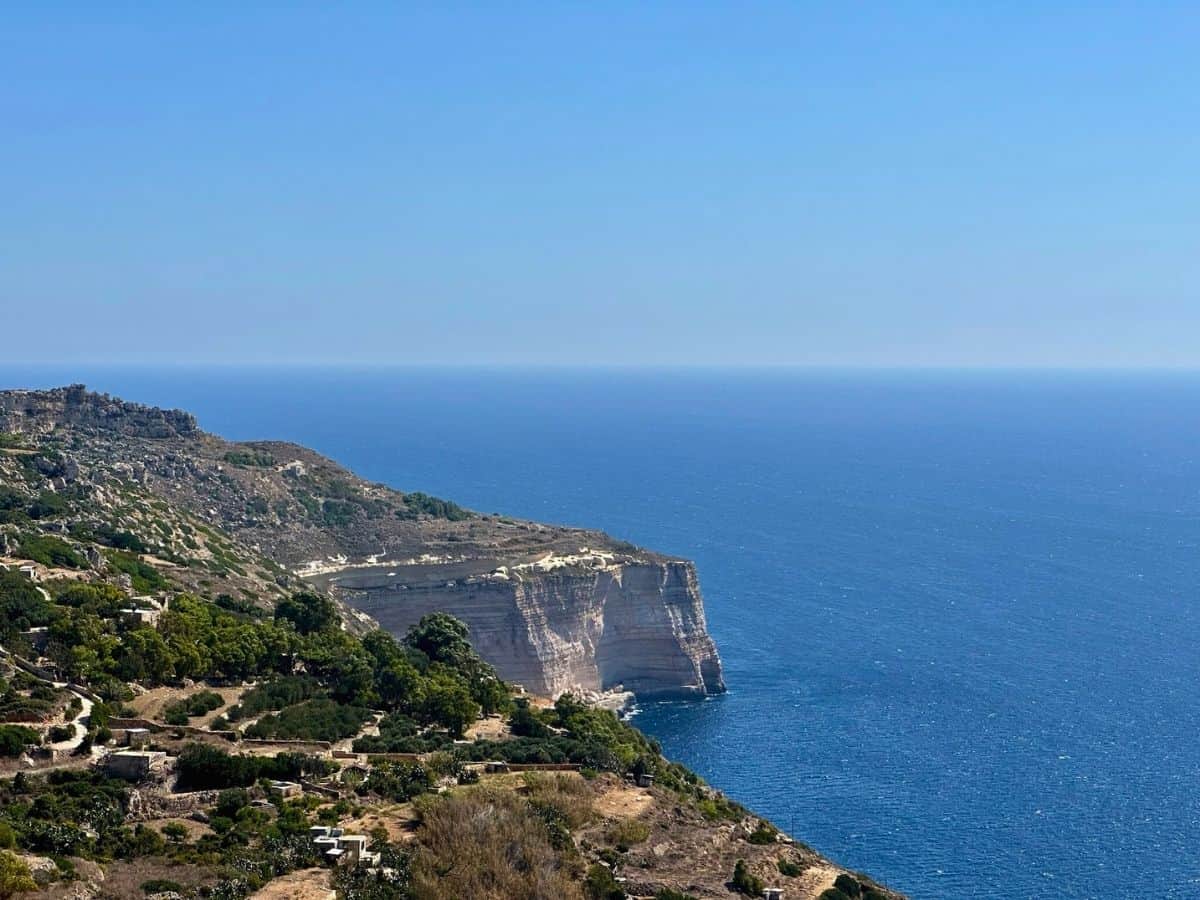
The key is to match your travel goals with the season, natural landscapes, and adventure opportunities each location offers. Whether you’re cycling through vineyards in Burgundy, hiking in the Alps, or swimming in Croatia’s crystal-clear waters, there’s a perfect soft adventure waiting for you.
No matter which approach you take, the beauty of soft adventure travel is its flexibility – you can craft an experience that fits your comfort level while still embracing the thrill of the outdoors.
So, where will your next adventure take you?
